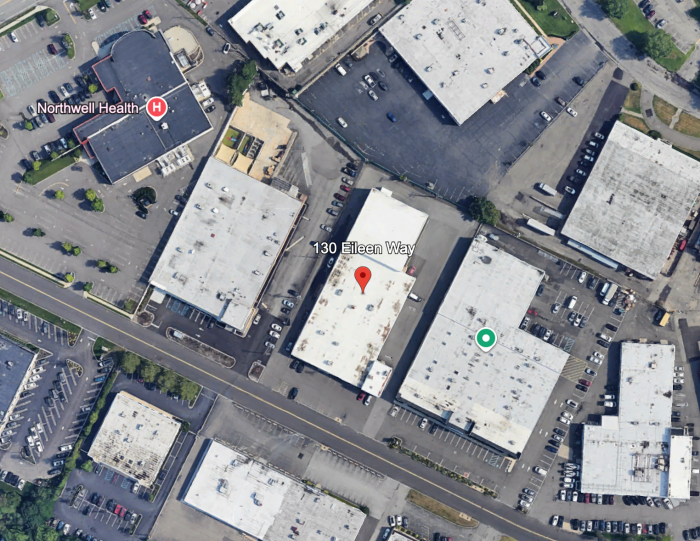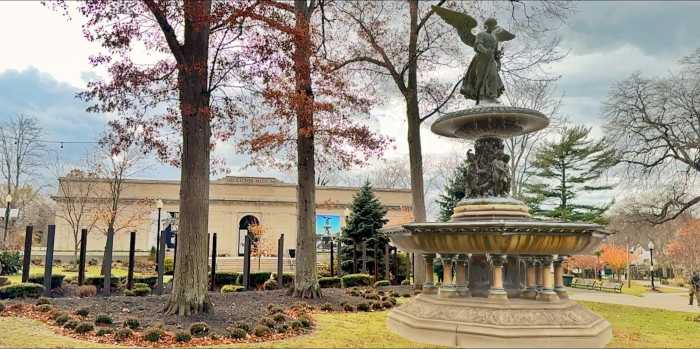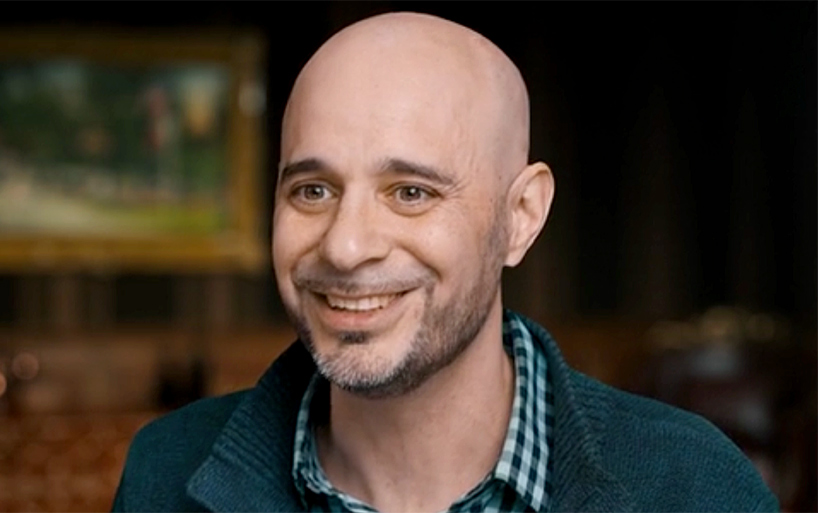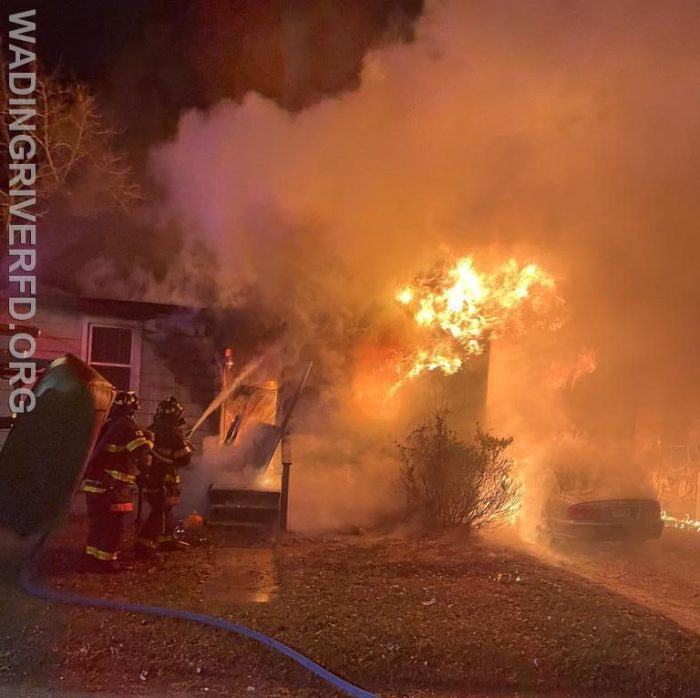Nassau and Suffolk counties are the site of a bevy of multibillion-dollar projects that collectively could move the region toward a future with improved infrastructure, world-class technology, sewers replacing many cesspools, and developments that would help define the region for decades.
Many are public-private partnerships, but they collectively target a wide range of infrastructure, spanning everything from entertainment to science and sewers.
“You can embrace it or fight it,” Matthew Aracich, president of the Building and Construction Trades Council of Nassau and Suffolk Counties, said. “Either way change happens. If you want to embrace it, you can impart things you want in the plan.”
Midway Crossing and Station Yards are transit-oriented developments that could create a new generation of downtowns, the Belmont Raceway expansion is underway, Suffolk County is eyeing sewer expansion, and Brookhaven National Laboratory is in the midst of a scientific revolution.
Add to that a healthcare building boom, including NYU Langone’s expansion along with Northwell projects and Mr. Sinai’s presence, and you have a region under or eyeing construction.
Midway Crossing at a crossroads
Midway Crossing is a $3 billion mixed-use and transit-oriented development that would be built around life sciences and a train-to-plane connection at the Long Island Rail Road’s Ronkonkoma station and Islip’s Long Island MacArthur Airport.
It is a partnership between Suffolk County, the Town of Islip, and the Master Development Team of JLL, Crawford Architects, and Cameron Engineering, an IMEG Company.
John D. Cameron Jr., executive principal at Cameron Engineering, the project’s lead engineering firm, called it a “blend of private and public funds.”
In addition to life sciences development, it is slated to include a 350,000-square-foot convention center and 300-room hotel, entertainment, food and beverage and retail space.
Next Stop: Station Yards
Station Yards, being developed by Tritec Real Estate, also in Ronkonkoma, includes retail, dining, apartments and offices in a one-stop destination.
The 53-acre development is being billed as “modern Long Island” and “a transit-hub-turned-community-hub” including 1,450 apartments, 195,000 square feet of retail, 360,000 square feet of commercial space, and 60,000 square feet of hospitality. Tritec expects “Station Yards to reimagine what it means to be made on Long Island.”
Sewer solutions
The Suffolk County Water Restoration Act, recently passed by the assembly and senate and signed by Gov. Kathy Hochul, seeks to protect and preserve clean water.
Legislation, subject to approval by the Suffolk County Legislature and a countywide referendum, would create a Suffolk County Water Quality Restoration Fund through a .0125% increase in the Suffolk County sales tax to expire in 2060.
The plan would generate between $3 billion and $4 billion in new local funding for water quality restoration, expanding wastewater treatment systems and replacing old cesspools and septic systems with high-tech nitrogen removing systems.
“Clean water is not a luxury item,” Adrienne Esposito, executive director of Citizens Campaign for the Environment, has said. “It is a necessity.”
About 360,000 individual septic systems across the county are believed to be substandard and in need of upgrades, according to state Assemblyman Fred W. Thiele Jr.
Off to the races
Belmont Park is in the middle of a $455 million revamp to create a new Belmont Park with a 50,000-person capacity.
“The redevelopment of Belmont Park is a critical investment in one of New York’s most historic sporting venues,” Hochul said.
It includes a 275,000-square-foot building with numerous amenities, including a new grandstand. Long Island Association President and CEO Matt Cohen said this would be an “economic engine for Long Island.”
Located adjacent to the UBS Arena, it would be a “landmark destination,” Aracich said.
The Sands of time
The Sands, at the Nassau Veterans Memorial Coliseum site, is a $6 billion development designed to create a resort destination, in which under 10% of the development would be the casino.
The partnership between Las Vegas Sands and RXR was dealt a defeat when a judge threw out an agreement between Nassau County and the Sands. But the Nassau County Legislature Rules Committee approved a 42-year lease for Las Vegas Sands in July.
Las Vegas Sands CEO Robert S. Goldstein called it a “transformative” project, although it has faced opposition from Hofstra University and some community groups.
The New York State Gaming Commission delayed submissions for the three downstate gaming licenses to 2025. A spokesman for Nassau County Executive Bruce Blakeman said he is “fully committed to deal with Sands to bring a world-class hotel, entertainment center, casino and spa to Nassau County.”
Healthcare hubs
NYU Langone, which already operates NYU Langone Hospital in Mineola, is hoping to build a more than $3 billion medical center on the grounds of Nassau Community College.
“They want to become the epicenter of healthcare, aside from Northwell Health,” Aracich said.
NYU Langone, which operates about 70 Long Island sites, already opened a $170 million ambulatory center in Garden City. Mount Sinai South Nassau opened an ambulatory medical facility in Long Beach and Stony Brook Medicine opened Advanced Specialty Care at Lake Grove, at Smith Haven Mall.
Science matters
Brookhaven National Laboratory was selected by the U.S. Department of Energy as the site of the world’s only next-generation polarized Electron-Ion Collider, a machine which can unlock secrets of the universe.
BNL Director JoAnne Hewett described it as a “discovery machine” unique in science.
“We are not only advancing the frontiers of knowledge, but also creating a lasting legacy of scientific excellence,” Empire State Development Board Chairman Kevin Law said.
The project, expected to cost up to $2.8 billion, could facilitate what BNL calls “groundbreaking insights into the structure and behavior of atomic particles.”




































